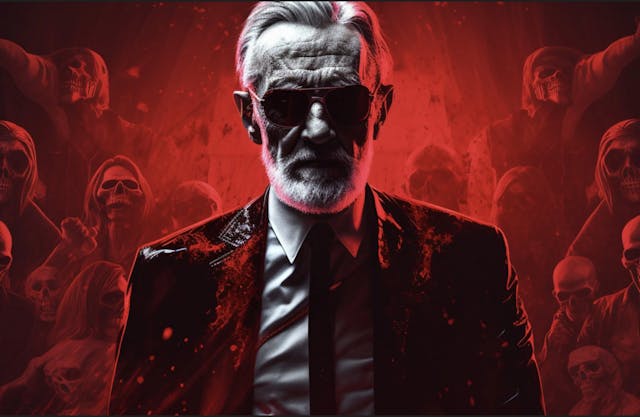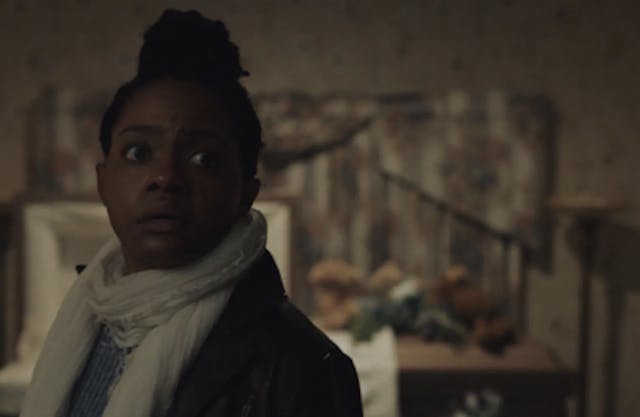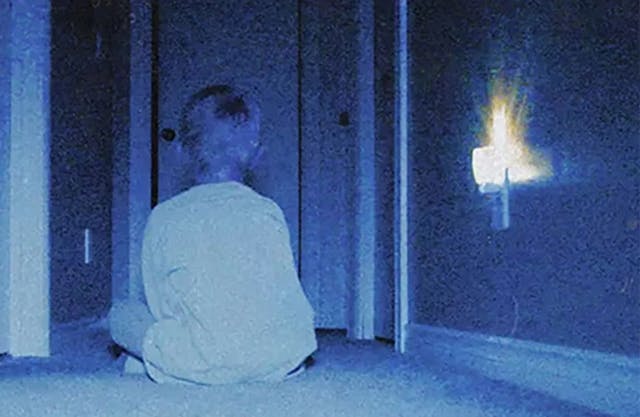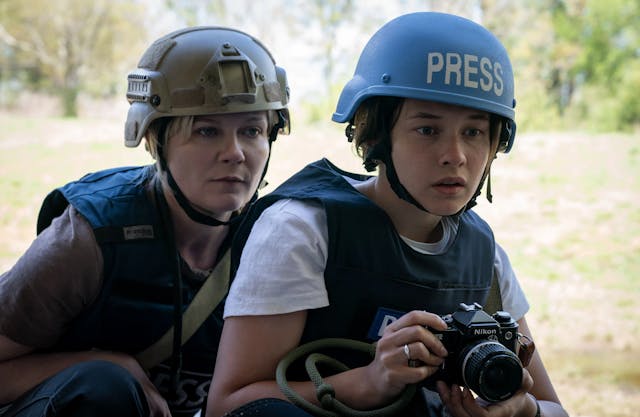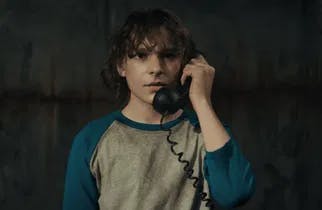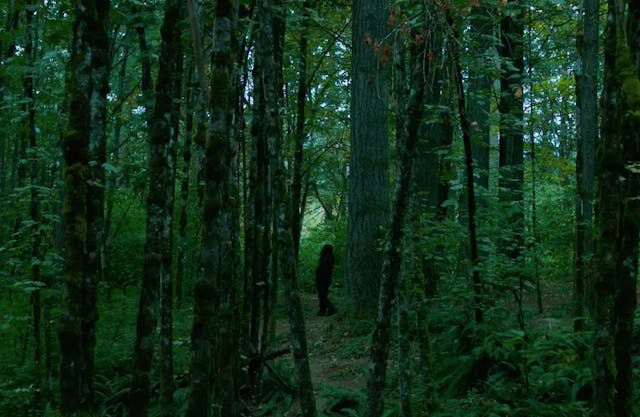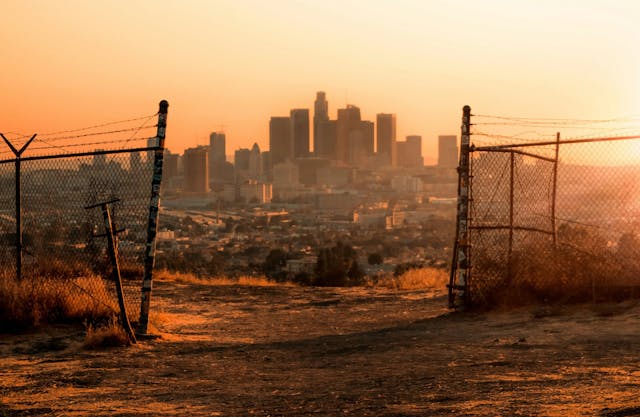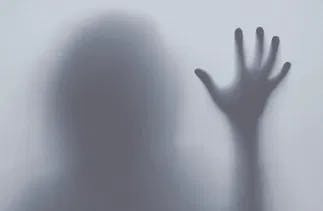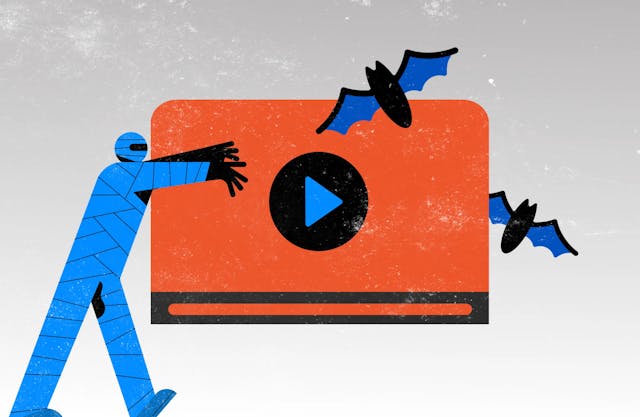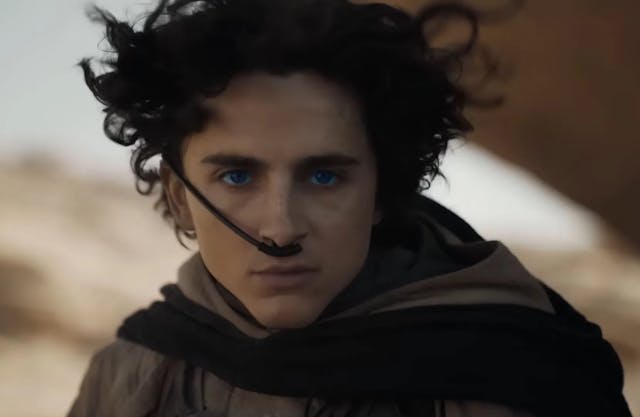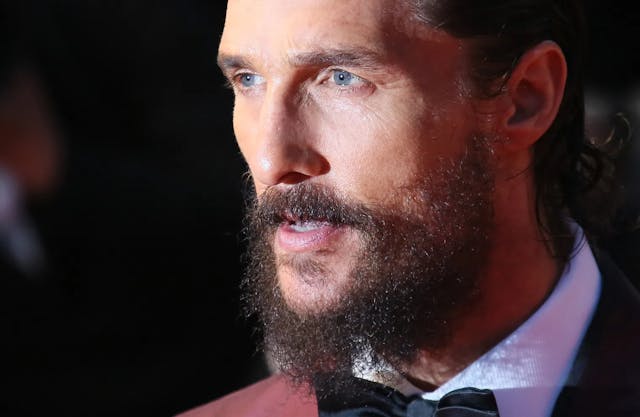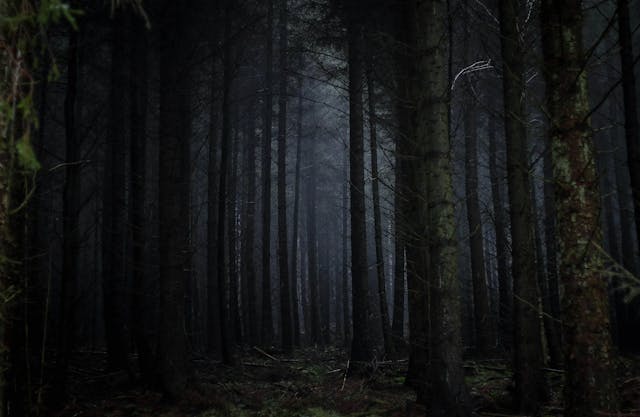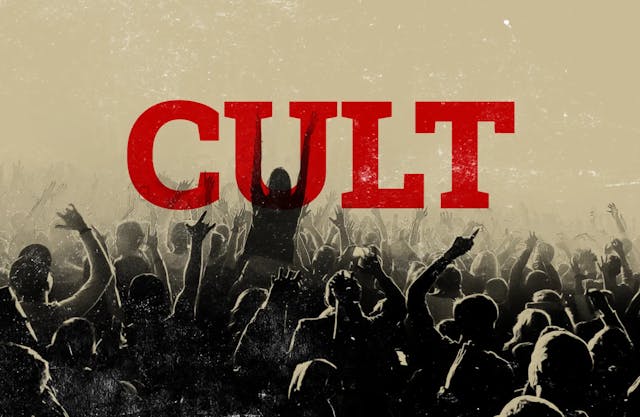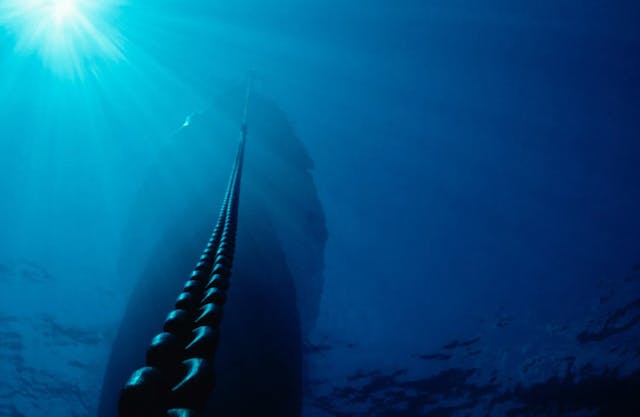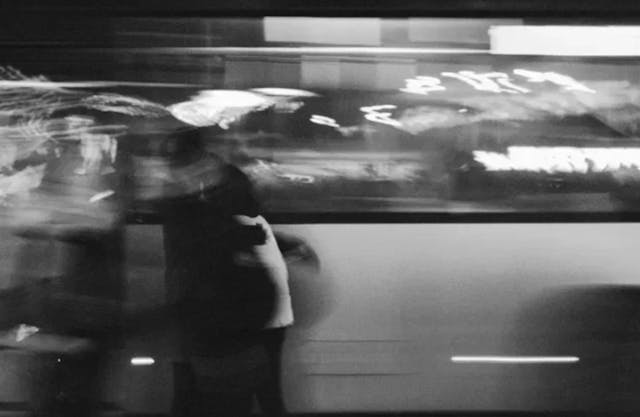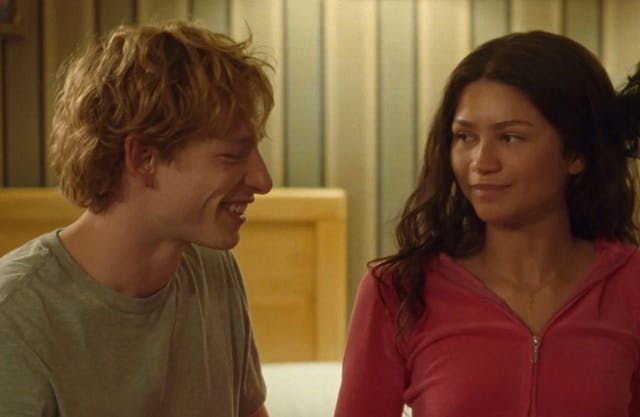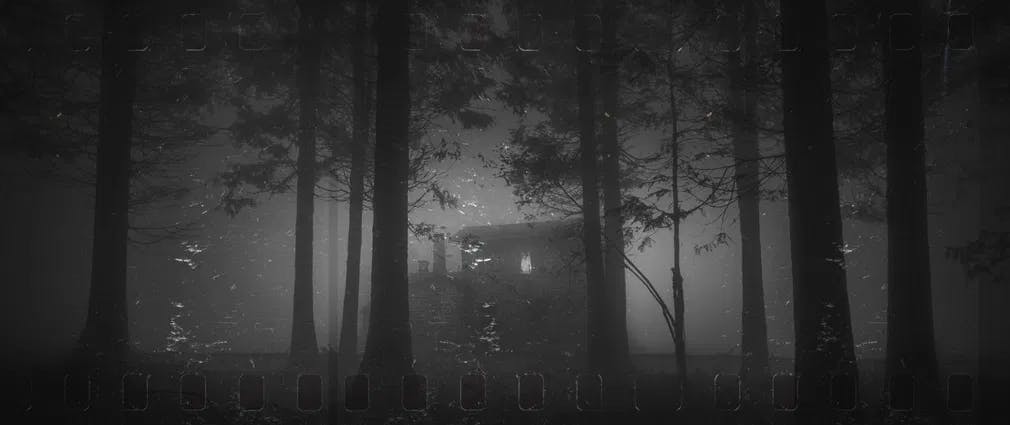
It’s a tall order to write down a list of the best horror movies ever made. It is impossible. Even when you don’t limit yourself to a number, worthy titles will be left behind. Maybe they slipped off my mind in the crunch towards a deadline. Or I have not watched the damn thing you swear it’s a classic. I believe you. I promise I’ll see “Ghostwatch” (Leslie Manning, 1992) when I get my paws on it.
In the meantime, think of this list as a starting point. Don’t be surprised if we add titles to it shortly. New movies will magically pop up like ghosts! See what I did there? Here’s my list of the best classic horror movies ever made. There is more to come.
Silent-era Nightmares
Häxan (1922)
Do you know how some filmmakers peddle sex and violence movies under the guise of being educational documentaries? Well, modern impresarios of entertainment did not necessarily invent this trick. The hustle was already at play in the early XX Century. Exhibit A: Benjamin Christensen's "Häxan."
This seven-chapter exploration of magic and mysticism presents itself as an educational film. The first chapter catalogs beliefs about the universe and relies heavily on still images of old engravings. You can even see a pointer directing your eyes to a particular element on the screen. It's like there is a teacher just off the frame. So far, so scholarly. But your patience will be rewarded, or rather, punished. Once the second chapter begins, we are regaled with creepy stories filled with witches, devils, and doomed humans who meddle with black magic to satisfy their desires. Special effects, makeup, and cinematography are fantastic. The movie is pure and undiluted nightmare fuel.
Nosferatu (1922)
The name changed, but the legend is the same. “Nosferatu” is an unlicensed adaptation of Bram Stoker’s gothic literature classic novel “Dracula.” The casual disregard for copyright almost prevents us from enjoying this prime example of German expressionism at its most terrifying. Stoker’s widow sued the filmmakers, and the courts ordered all the movie copies destroyed. Some survived and were lovingly restored to their magnificent glory.
One thing that distinguishes “Nosferatu” is the character design. Future film Draculas were dashing and charismatic, but director F.W. Murnau turned actor Max Schreck into a terrifying fiend. The mere sight of him is disturbing. No subsequent “Dracula” adaptation could escape from his shadow. It’s so powerful that it even captures modern filmmakers in its spell. Werner Herzog did a remake in 1980. “Shadow of a Vampire” (E. Elias Merhige, 2000) speculated on the drama behind the cameras during its making, with an Oscar-nominated Willem Dafoe as Schreck/Nosferatu and John Malkovich as Murnau. And now, David Eggers is working on his remake of the first film vampire in history, with Bill Skarsgard taking the title role. He’s got his work cut out for him! Old vampire movies are just scarier.
Watch "Nosferatu" free on Popflick.

Early-sound chillers
Dracula (1931)
"Nosferatu" is a classic, but so is Universal's authorized adaptation of Stoker's novel. It turned out to be so popular it jump-started a trend of monster movies that became the studio's bread and butter for a decade. As recently as the Aughts, they unsuccessfully tried to revive their "Monster Universe" to compete with Marvel.
“Dracula” is centered on Bela Lugosi’s intense performance. He might not look like an Instagram stud, but trust me, he was irresistible to the ladies. The movie is sparse and tense, thanks to the combined efforts of directors Todd Browning and Karl Freund. And there is more from where it came from. The movie came up at a brief moment when the studio would film alternative versions of its movies in the off hours for the foreign markets. George Telford simultaneously shot a Spanish-language version with Mexican actors Carlos Villarías and Lupita Tovar. Some critics consider it superior to the better-known classic. You can make up your mind for yourself. Universal did us a solid and included it as an extra in the most recent home video editions. When people talk of classic horror films, they have this in mind.
The Old Dark House (1932)
Director James Whale was Universal’s MVP of the monster era. “Bride of Frankenstein” (1935), the rare sequel that surpasses the original, is considered the best film of the lot. He did this unsung classic between his two films inspired by Mary Shelley’s gothic novel. It set the blueprint for movies about people stranded on an isolated property on a dark, stormy night. The group includes Charles Laughton and Gloria Grahame - old Rose from “Titanic” (1992)! -. Boris Karloff is a blast as the silent, menacing manservant. A graceful combination of thrills, chills, social commentary, and comedic undertones makes it feel thoroughly modern, almost a century after its premiere. Hammer Studios remade it in 1962.
El Fantasma del Convento (1934)
That trope about a sophisticated group of townies spending the night in an isolated rural property is so universal you can enjoy it in this classic from the early Golden Age of Mexican cinema. A married couple and their single friend must spend the night in a foreboding convent after a hike through the mountains goes wrong. A tragedy from the past seems to take over their spirits when intimations of infidelity arise. Fernando de Fuentes was one of the best directors of its time. He went on to direct many classic films in very different genres - check out the heartbreaking historical fiction of “Let’s Go With Pancho Villa” (1936). Here, he reveals himself as a master of atmosphere with this phantasmagorical cautionary tale. Read more about it in our review.
Mid Century Nightmares
Cat People (1942)
Producer Val Newton deserves a place of honor in the pantheon of horror artistry. There would be no Roger Corman movies or George Romero without him. He was the driving force behind a string of marvelous low budget horror movies that rewrote the rules of the genre. Monstrous physical grotesquerie ceded the limelight to psychological phantoms, pushing their characters to extremes. It's hard to pick a single movie from the lot, but if pressed, I would go for Jacques Tourneur's "Cat People."
With moody cinematography from Nicholas Musuraca and a moving performance from French actress Simone Simon, the movie follows an immigrant in New York who may or may not suffer a curse that turns her into a panther when crossed or aroused. Far from a monster, she is a victim of forces she can't control. Robert Wise directed the sequel, "The Curse of the Cat People" (1944), which varies significantly in tone. Paul Schrader co-wrote and directed a remake with Nastassja Kinski in the lead role in the early '80s.
Horror of Dracula (1958)
Britain’s Hammer Studios opened in 1935 but found its stride until the ‘50s when it became a powerhouse, delivering many classic horror films and cult classic movies. “The Quatermass Xperiment” (Val Guest, 1955) marks the dawn of this new era. However, as an entry point, we favor “Horror of Dracula” (Terence Fisher, 1958), which introduces Christopher Lee in the role that would define his career, and fellow actor Peter Cushing as his nemesis. Lee donned the cape a total of nine times. The Hammer movies upped the ante on violence and sexiness, folding nicely into the liberated spirit of the swinging ‘60s. The bloodthirsty count would not be the only classic monster they conjured. Frankenstein and the Mummy also had their time to shine, and many other movies inscribed in the horror genre.
House on Haunted Hill (1959)
Producer and director William Castle was a singular showman, coming up with novelty gimmicks to entice audiences to buy tickets to his movies. This haunted house thriller had something called “Emergo.” It sounds fancy, but it was a plastic skeleton flying on a zip line through the theater, matching a scene from the movie. If anything, the trick was a distraction from the thrills and chills conveyed on the screen, but Castle was so into it he gave the skeleton credit in the House On Haunted Hill cast list. Vincent Price is an eccentric millionaire who bribes a group of people into spending the night in an allegedly haunted house. The exterior was shot at Frank Lloyd Wright’s Ennis House, establishing the connection between inspired architecture and psycho behavior that Hollywood still exploits today - I lost count of how many murderers live in modernist dream houses or listen to opera, for that matter -. It was remade in a late XX-century shlock key in 1999, with Geoffrey Rush as the rich Mephistopheles.

Watch "House on Haunted Hill" free on Popflick.
Scary in any Language
Black Sunday (1960)
The layer of unfamiliarity that a foreign filmmaker adds to horror can make everything scarier. Case in point, Mario Bava’s dreamlike - or is it nightmarish? - thriller. English actress Barbara Steele plays a dual role. Princess Asa Vajda is a wily witch in medieval Moldova, tortured to death by her brother. She vows revenge and, centuries later, revives to possess Katia, her brother’s descendant - Steele again. Distributors sold the movie in some territories under the alternative title “The Mask of the Devil.” Not to be confused with John Frankenheimer’s thriller “Black Sunday” (1977), about a bunch of terrorists trying to crash the Goodyear blimp into the Super Bowl.
Kwaidan (1964)
Masaki Kobayashi gives homage to traditional Japanese ghost stories with this anthology film based on four creepy folk tales: an unfaithful man finds himself trapped between his new wife and the woman he left behind; two lumberjacks find a deadly spirit in the middle of a snowstorm, a troubadour gets recruited to serenade an army of ghosts; a ghostly face that keeps appearing in a cup to tea haunts a writer. Every tale is self-contained, but the accumulative power of its nightmarish vision will overwhelm you. You can see the influence of “Kwaidan” in the best titles of the J-Horror wave of the ‘90s, like “Ringu” (Hideo Nakata, 1998).
Suspiria (1977)
Italian director Dario Argento offers a delirious, lyrical descent into madness. Jessica Harper is an American ballerina enrolled at a notorious European dance academy. She does not know a coven of witches runs the place with nefarious designs for their young charges. The aesthetics go against horror tradition, from the electronic music by the Italian band Goblin to the bright, colorful cinematography. Every creative element catches you off guard, deployed to provoke the most disturbing effect. The gory and theatrical death scenes put Hollywood’s torture porn to shame. Not to be confused with Luca Guadagnino’s 2018 remake, which looks drab and overblown in comparison.
Deadly Indies
Carnival of Souls (1962)
It is a triumph of low budget film, done far, far away from Hollywood. Herk Harvey was a journeyman director of documentaries and industrial and educational films from Kansas. He tried his hand at feature-length fiction with this indie nightmare about a girl who survives a terrible car crash only to find herself haunted by an army of spirits as she tries to rebuild her life. It makes the most out of its location, especially the abandoned pavilion at a resort that inspired Harvey’s original story - all you need to jumpstart your imagination is to visit a uniquely spooky place. The dream logic of the movie anticipates David Lynch.
Watch "Carnival of Souls" free on Popflick.
Night of the Living Dead (1968)
Will I include "Night of the Living Dead" in every possible article of the Popflick Blog? Yes, I will! You can't blame me if it is an indie movie that shook the world and one of the best classic horror movies ever made. Blame George Romero. Contact him via the Ouija board, and let me know how it goes. Oh! And did I mention that it is one of the best cult movies you can watch now at Popflick? Because it is!

Watch "Night of the Living Dead" free on Popflick.
Messiah of Evil (1974)
A counter-culture gem that feeds on the legacy of both "Carnival of Souls" and "Night of the Living Dead." The co-directors and real-life husband and wife team of Willard Huyck and Gloria Katz serve an insane monster mashup beautifully designed by Jack Fisk, who would become one of Hollywood's most sought-after Production Designers. Mariana Hill plays Arletty, the prototypical innocent girl who misguidedly travels alone to a remote town looking for her father. What she finds is a place rife with murderous worshipers of an antichrist. They feast on human flesh while waiting for the second coming of their, you guessed it, Messiah of Evil! Read our full review.
The Blair Witch Project (1999)
This modest indie film became legendary as the first internet-fueled hit of our times. It is quite a feat, considering the ease of communication through social media platforms was still underdeveloped. Everybody knew at least one person who thought it was a documentary, swallowing the movie premise hook, line, and sinker.
Three film students get lost in the Virginia forests while shooting a documentary about the mythical Blair Witch. The movie produced and directed by Daniel Myrick and Eduardo Sánchez is, supposedly, an assembly of the videotapes and film cans they left behind. There is virtue in its frugality. The studiously amateurish quality makes the nightmare more convincing. The filmmakers and actors suffered the ultimate compliment. They were so good that no one could imagine them doing other things. With a reported budget of $60 thousand, the movie went on to make $248 million worldwide. Attempts to attract audiences to sequels were unsuccessful. The film is elegantly - and tragically - complete in itself.
The Witch (2015)
Robert Eggers revived folk horror with this colonial chiller about a family of pilgrims besieged by dark forces they can’t comprehend. Ana Taylor-Joy, in a star-making performance, is the young Thomasin. She bears the brunt of the casual cruelty of her parents but will go to extremes to protect her younger brothers. Alas, the girl is no match for Black Phillip, a demon that might be possessing a goat in the family manger. Is the devil the real enemy, or is it puritanical religious fanaticism? You will have to judge yourself. I can only tell you that Eggers deftly reconfigures our expectations about the genre, transforming evil into a liberating force. The movie closes with an enticing question. Do you want to live deliciously? Well, when you put it that way...
Late XX Century Dread
The Exorcist (1973)
New Hollywood realism meets judeo-Christian neurosis in this adaptation of William Peter Blatty’s novel. Ellen Burstyn is a Hollywood star whose angelical 12-year-old daughter Reagan (Linda Blair) begins to exhibit alarming behavior just as they move to Georgetown so mom can shoot a movie. In a shock to this secular world, she happens to be possessed by a brutal demon. Conflicted American priest Father Karras (Jason Miller) and veteran Father Merrin (Max von Sydow) join forces to cast the evil away.
Director William Friedkin gave the supernatural elements a disturbingly concrete quality. It’s not by chance that the action occurs in a university town so close to the center of political power. Knowledge, energy, and status cannot protect you from ancient evil. And the jury is out on whether God and his shippers can do anything, too. The movie became a box-office sensation and scored 10 Oscar nominations. It won Best Adapted Screenplay and Best Sound. Many sequels and remakes followed, but one could capture the dark magic of the original. The latest is “The Exorcist: Believer,” which will be in theaters soon. At least they had the good sense to bring Ellen Burstyn back.
The Shining (1980)
Stephen King shared his underwhelmed reaction to Stanley Kubrick’s adaptation of his best-seller, but that did not tarnish its reputation. Audiences were baffled by the film, but time confirmed it was a well-deserving entry into the classic horror films pantheon. Jack Nicholson performs for the ages as a failed alcoholic writer who takes a job caring for a remote luxury hotel over the winter. Isolated by snowstorms, he falls play to the ghosts of the place and his demons, going after his family with an ax. Shelley Duval plays his wife as a scream queen for the ages. A movie you can watch repeatedly and never lose its shock value.
The Fly (1986)
David Cronenberg’s big commercial hit comes from the same story that served as the basis for a 1958 movie with Vincent Price. The premise is the same, but the delivery makes this remake a different beast. Jeff Goldblum is a scientist obsessed with developing a teleportation device, to the point of testing the equipment on himself. The machine mixes his DNA with that of a common fly, and the results are horrifying. As his body and psyche change, his girlfriend (Geena Davis) must confront that the man she loves is turning into a monster. Think of it as an early denunciation of toxic masculinity, with gruesome special effects that confirm Cronenberg as a master of body horror.
Cure (1997)
There is a consensus in critics’ circles that Kiyoshi Kurosawa’s “Pulse” (2000) is his best movie. And they are not necessarily wrong. The prophetic techno-horror anticipates web-infused alienation with scary accuracy. However, I am partial to this early hit about a serial killer who induces innocent people to commit crimes for him. To strip oneself from personal agency to murderous extremes is a uniquely horrifying situation that Kurosawa takes to the extreme. Koji Yakuso plays the detective in charge of the case with mournful intensity, watching a man turning people into deadly weapons.
The Others (2001)
The “old dark house” tropes get a shock with this chilling period piece with a towering performance by Nicole Kidman. During WWII, a British woman remains isolated with her two children in a stately mansion while her husband fights in the front. The kids suffer from an illness that makes them over-sensitive to sunlight, so they draw down the curtains and live in eternal, makeshift nights. She can hear strange noises, and the furniture seems to move at will. Things take a turn when a trio of mysterious servants seem to materialize out of thin air. Spanish director Alejandro Amenábar’s international hit is receiving the ultimate cinephile honor: a Criterion Collection edition on home video, coming out in time for Halloween.
His House (2020)
It’s a shame this contemporary classic got somewhat lost in the abundance of “content” poured into streaming platforms. You must log in to Netflix to watch Remi Weeks’ debut feature film. Do it soon, before they purge it without blessing it with a physical release. Sope Dirisu and Rial Majur are a couple of refugees from war-torn Sudan, settling in a new life in England. Culture shock is scary, but so are the evil spirits they seem to bring along with them. The movie jumps back and forth between their new life, navigating the maze of social assistance, and their terrifying escape from their home country, controlled by warlords and armed thugs.
It’s chilling how the most normal spaces become life-and-death battlefields. Check out an episode at a public school or a momentous encounter at a bus stop. It might be in the past, but the consequences will reverberate for the rest of their lives. Like the best horror movies, they traffic in fantasy to comment on all-too-human experiences. Under the tropes, you will find a moving consideration of the immigrant crisis.
Want to get an email when we publish new content?
Subscribe today

